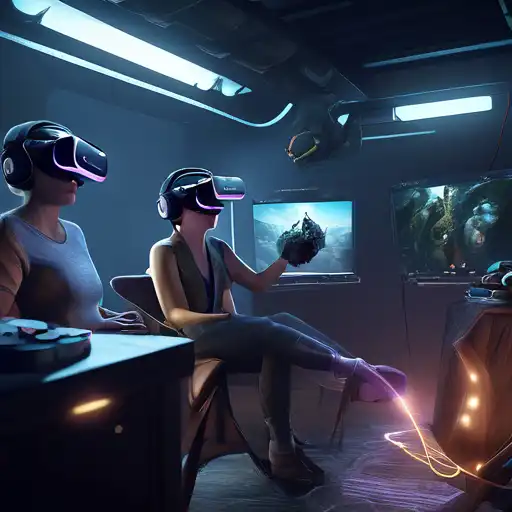Introduction to Virtual Reality
Virtual Reality (VR) has transformed the way we interact with digital content, offering unparalleled immersive experiences. Whether for gaming, education, or virtual tours, creating a VR experience that captivates and engages users is both an art and a science. This guide will walk you through the essential steps to craft immersive VR experiences that stand out.
Understanding the Basics of VR Design
Before diving into creation, it's crucial to understand the foundational elements of VR design. These include user interface (UI) design, user experience (UX) considerations, and the technical aspects of VR development. A well-designed VR experience should be intuitive, comfortable, and free from motion sickness, which can detract from immersion.
Key Components of Immersive VR
- High-Quality Graphics: Visual fidelity plays a significant role in immersion. High-resolution textures and realistic lighting can make virtual environments feel real.
- Spatial Audio: Sound that changes based on the user's position in the virtual space enhances the sense of presence.
- Interactive Elements: Allowing users to interact with the environment or objects within it increases engagement and immersion.
Step-by-Step Guide to Creating VR Experiences
Creating an immersive VR experience involves several steps, from conceptualization to deployment. Here's a simplified overview:
- Conceptualization: Define the purpose and scope of your VR experience. What do you want users to feel or achieve?
- Design: Sketch out environments and interactions. Consider the user's journey through the VR space.
- Development: Use VR development platforms like Unity or Unreal Engine to bring your designs to life.
- Testing: Gather feedback from testers to identify and fix any issues related to comfort, usability, or immersion.
- Deployment: Publish your VR experience on platforms like Oculus Store or SteamVR, depending on your target audience.
Optimizing for SEO
To ensure your VR content reaches its intended audience, SEO optimization is key. Include relevant keywords in your title, description, and throughout your content. For example, terms like "immersive VR experiences" and "VR design guide" can help your article rank higher in search results. Additionally, linking to reputable sources and related content can improve your site's authority and visibility.
Conclusion
Creating immersive VR experiences requires a blend of creative design, technical skill, and user-centered thinking. By following the steps outlined in this guide and paying attention to SEO best practices, you can develop VR content that not only captivates users but also reaches a wide audience. The future of VR is bright, and with the right approach, you can be at the forefront of this exciting technology.
